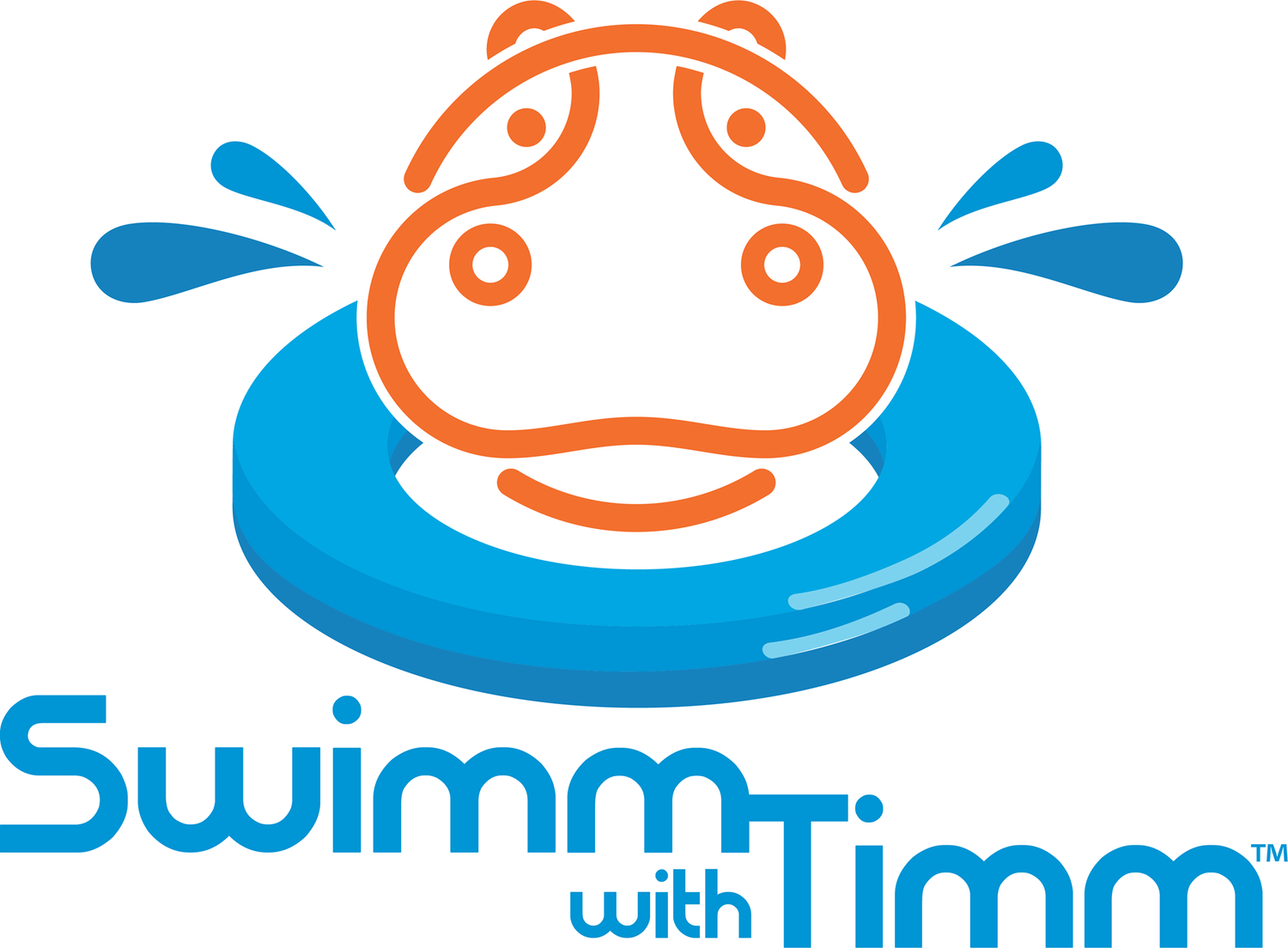Understanding Different Learning Styles
At Swimm With Timm we like to celebrate the individuality of each of our students. We take the time to learn, and understand, each student’s unique learning style. This allows us to make the proper adjustments in our teaching styles, and as a result, helps us encourage growth and confidence in the water. Typically, children display multiple patterns of learning preferences, as opposed to having one exclusive style. By incorporating a variety of different teaching styles, we are able to capitalize on what works best for each child, and therefore, we are able to expand their capacity to learn and remember.
How a child perceives their surroundings, often affects how they learn and how much they remember. Understanding personality patterns helps us predict how our students may react or feel about different parts of the lesson. It is also important that we take the time to observe the social interactions taking place between students during class. This helps us understand the different attitudes and habits of our swimmers, while seeing how they engage with their peers while they are learning.
Although there are many different learning styles, generally, younger students generally learn in one of the three following ways: Visual, Kinesthetic, and/or Auditory. Visual and Auditory learners will respond well to learning through observation, and larger class sizes. They learn best through videos and illustrations, as well as through physical examples from their instructors and peers. Kinesthetic learners will often respond best to active participation, and through physically engaging in the task at hand. This allows them to actively manipulate themselves in whichever way necessary, therefore learning what the must do with their body and certain muscle groups in order to be successful. They often times need a more hands on approach, and typically require a smaller class size.
We feel that our students learn best through collaborative teaching techniques, which usually occur through peer-to-peer interactions within a group class setting. This encourages the students to help each other (to work collaboratively) in order to reach a common goal. Clinic research also emphasizes that deeper learning is reached through educational experiences that are active, social, contextual, engaging, and student-owned lead. Ultimately, these social experiences promote the development of self-esteem, responsibility, and certain fundamental life skills, such as leadership and self discipline, that help our students find success that reaches far beyond the pool.
At Swimm With Timm, it is our belief that interest plays a critical role in our student’s ability to learn and retain information. By helping children develop a variety of interests, and by implementing a variety of teaching styles, we feel that we will naturally increase their levels of overall learning.
